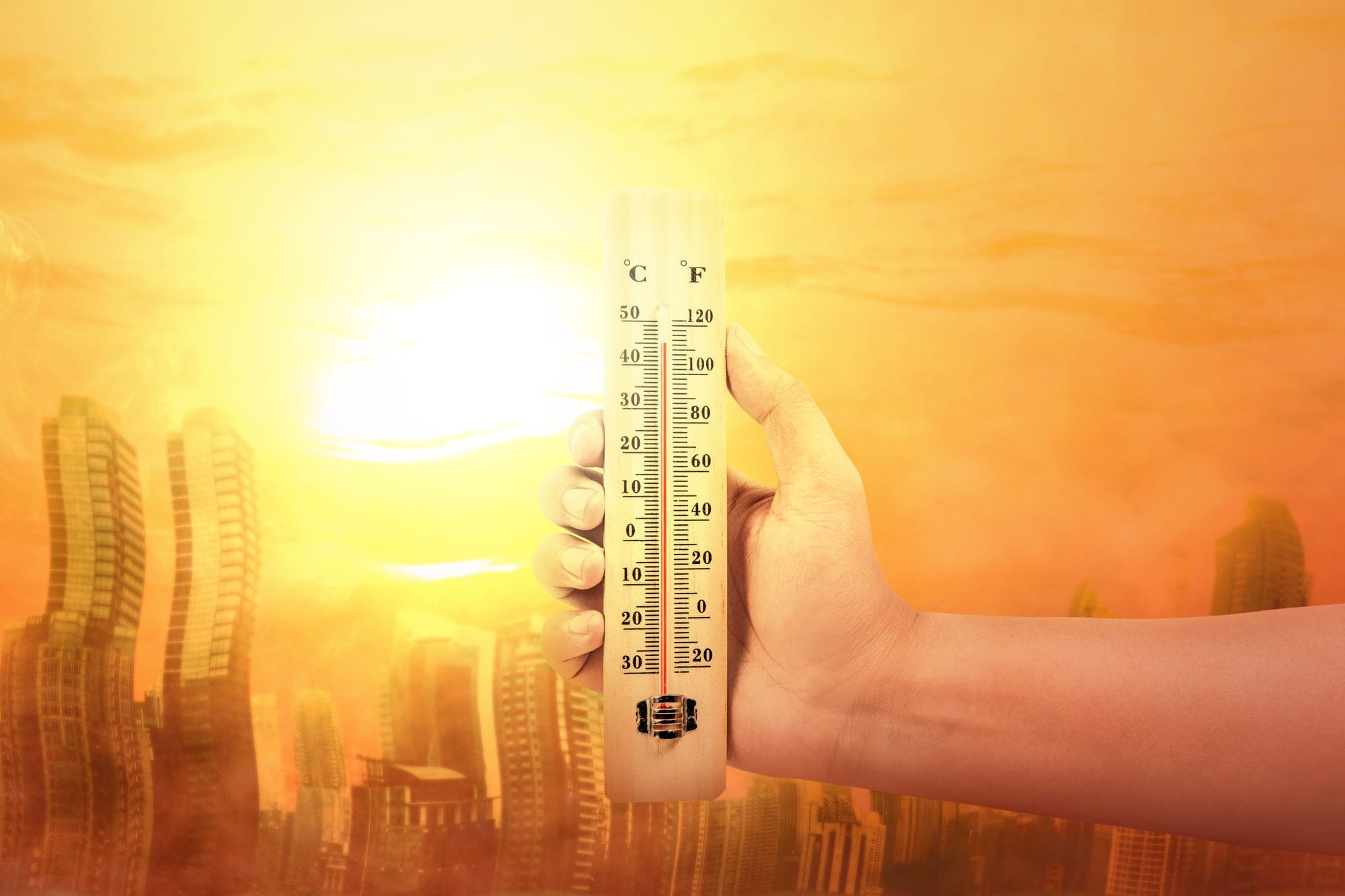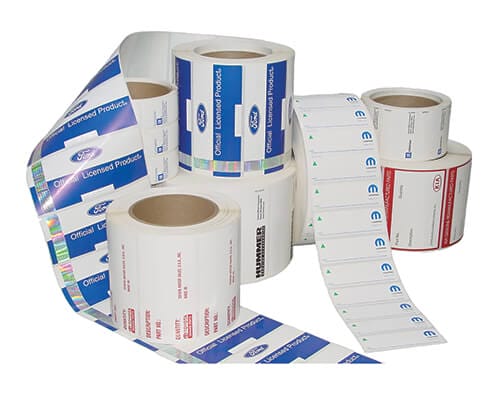Durable Labels For High-Heat Environments
As summer approaches, many industries face unique challenges that can impact the performance and longevity of their products. One often-overlooked aspect is the durability of labels under extreme heat and outdoor conditions. Labels are not just identifiers; they carry crucial information about safety, compliance, and branding.

The Impact of Summer Conditions on Labels
Labels can degrade when exposed to high temperatures, humidity, and UV radiation, leading to potential safety hazards and regulatory non-compliance.
1. High Temperature Effect Labels
During summer, ambient temperatures can soar, especially in industrial settings or when products are stored outdoors. High temperatures can cause:
- Adhesive Failure: Standard adhesives may soften, leading to label slippage or detachment.
- Material Degradation: Some label materials may warp or shrink, distorting printed information.
- Ink Fading: Heat can accelerate the fading of inks, making labels illegible.
2. UV Radiation Impacts Label Conditions
Prolonged exposure to sunlight can have detrimental effects on labels:
- Color Fading: UV rays can break down pigments, leading to faded or discolored labels.
- Material Breakdown: UV radiation can weaken label materials, causing brittleness or cracking.
- Loss of Legibility: Critical information may become unreadable, posing safety risks.
3. Humidity and Moisture Degrade Label Design
Summer often brings increased humidity, which can affect labels in several ways:
- Adhesive Compromise: Moisture can infiltrate adhesives, reducing their bonding strength.
- Material Swelling: Some materials may absorb moisture, leading to swelling or warping.
- Mold and Mildew: Damp conditions can promote the growth of mold on labels, especially those made from organic materials.
What Industries Are Most Affected By Durable Label Challenges?
Certain industries are particularly vulnerable to the challenges posed by summer conditions:
1. Automotive Industry
Vehicles and automotive parts are often exposed to high temperatures and direct sunlight. Labels used in this industry must withstand:
- Engine Heat: Under-the-hood components can reach extreme temperatures.
- Outdoor Exposure: Vehicles parked outdoors are subject to UV radiation and varying weather conditions.
2. Chemical and Industrial Manufacturing
Facilities dealing with chemicals or heavy machinery often have environments with:
- High Ambient Temperatures: Industrial processes can generate significant heat.
- Exposure to Harsh Substances: Labels may come into contact with chemicals, requiring resistance to solvents and corrosive agents.
3. Construction and Outdoor Equipment
Equipment used in construction or outdoor settings faces:
- Direct Sunlight: Prolonged exposure to UV rays.
- Variable Weather: Sudden changes in weather, including rain and high humidity.
Selecting the Right Label Materials
To combat the challenges of summer, choosing appropriate label materials is crucial.
1. Synthetic Materials
Synthetic materials offer enhanced durability:
- Polyester (PET): Known for its strength and resistance to heat and chemicals.
- Polypropylene (PP): Offers flexibility and moisture resistance.
- Vinyl: Provides excellent durability and is suitable for outdoor applications.
2. UV-Resistant Coatings
Applying UV-resistant coatings can protect labels from sunlight-induced damage:
- Laminates: Add a protective layer that shields against UV rays and moisture.
- Varnishes: Provide a glossy or matte finish while offering UV protection.
3. High-Temperature Adhesives
Selecting adhesives designed for high temperatures ensures labels remain affixed:
- Acrylic-Based Adhesives: Offer strong bonding and resistance to heat.
- Rubber-Based Adhesives: Provide excellent initial tack and are suitable for rough surfaces.
Best Practices for Label Application in Summer
Implementing best practices during label application can enhance durability:
- Surface Preparation: Ensure surfaces are clean and dry before application to promote optimal adhesion.
- Application Conditions: Apply labels within the recommended temperature range specified by the manufacturer to ensure proper bonding.
- Storage of Labels: Store labels in a cool, dry place to prevent premature degradation before application.
Work With A Durable Label Specialist
By understanding the effects of heat, UV radiation, and humidity, and by partnering with experts in label manufacturing, businesses can ensure their labels remain compliant, legible, and effective, no matter how high the temperature rises. Need assistance in selecting the right labels for summer conditions? Contact us today to explore durable labeling solutions tailored to your industry’s needs.
